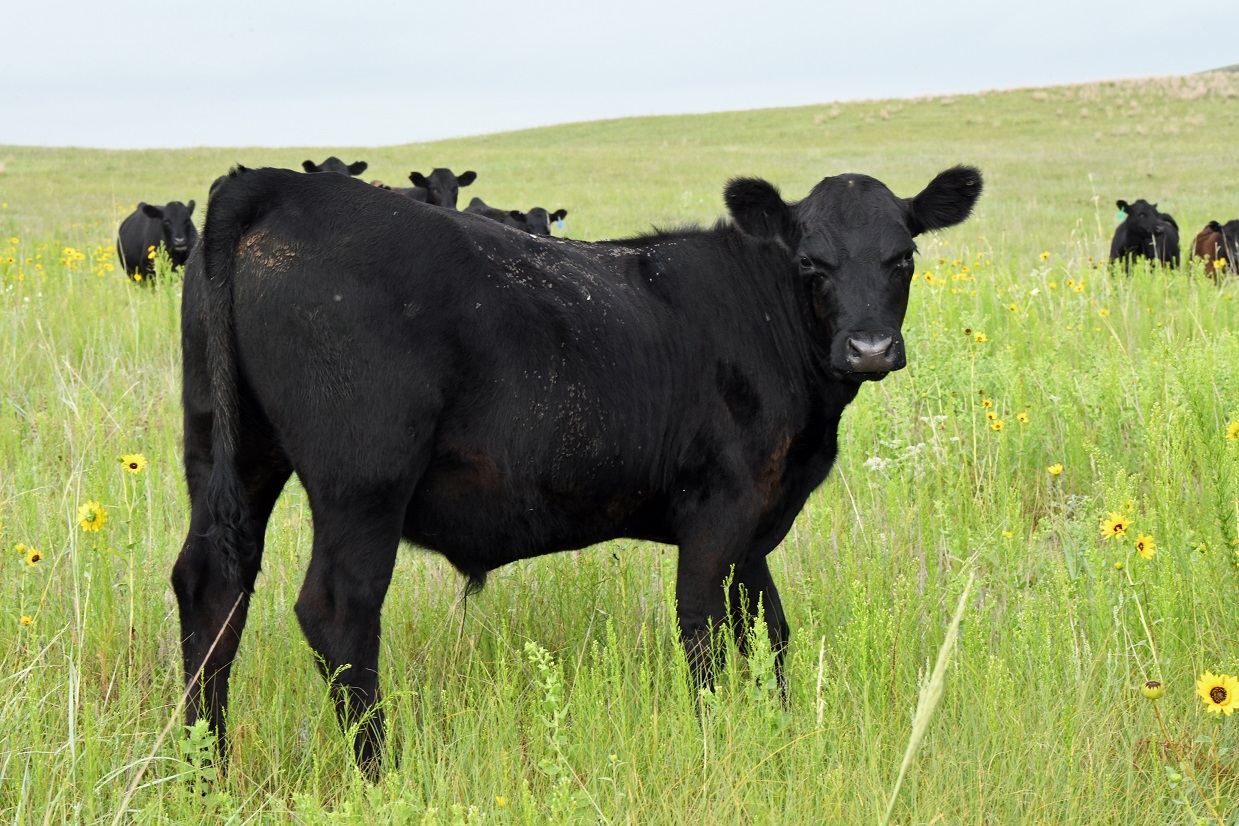Economics of Yearling Systems – A Review

Listen to a discussion of the content in this article on this episode of the BeefWatch podcast. You can subscribe to new episodes in iTunes or paste http://feeds.feedburner.com/unlbeefwatch into your podcast app.
This article is a summary of the 2020 Nebraska Beef Cattle Report, “Economics of Yearling Systems.”
From backgrounding calves on cornstalks to running long yearlings on grass, there are a variety of ways to grow calves prior to the finishing phase. The availability of economical feed resources, target average daily gain (ADG), and marketing strategy are all variables that contribute to the diversity of growing cattle systems. This can make it challenging to evaluate the performance and economics across various yearling systems.
Researchers at the University of Nebraska-Lincoln performed an analysis to evaluate the economic effects of management decisions on the profitability of yearling production systems. Economic analyses were conducted on three reported studies with rate of winter gain and length of summer grazing as variables. Calves were wintered on cornstalks and then grazed summer pasture as yearlings in all three studies.
For calves wintered at either 0.8 or 2.0 lb/d and then run on summer pasture as short (62 days) or long (120 days) yearlings, net profit was greater for yearlings wintered at the higher rate of gain and sold off grass after 62 days of grazing. It is important to note that this was primarily a result of the price slide and selling lighter weight calves after grazing 62 days because cost of gain and breakeven on grass were actually higher for this group of calves.
Another study compared wintering calves at 1.7 lb/d and then grazing summer pasture for 128 days (normal system) versus a 2.0 lb/d winter rate of gain followed by grazing summer pasture for only 78 days (intensive system). When selling yearlings off grass, net profit was $12 per head higher for the intensive system. However, when yearlings were carried through the finishing phase, the normal system had an overall net profit that was $62 per head greater than the intensive system. This is a result of selling finished cattle during a more favorable market. The 10-year average price for finished cattle is $3.66/cwt higher in January than November.
In a six study summary covering seven years of performance data, calves were supplemented with 2 lb (dry matter) of distillers grains (low winter gain, 0.6 lb/d) on cornstalks compared to 5 lb of distillers grains (high winter gain, 1.4 lb/d) and then grazed summer pasture as yearlings. Net profit was greater for calves grown at the higher rate of gain after wintering on cornstalks and as an overall system through the finishing phase. While the yearlings wintered at the lower rate of gain exhibited compensatory gain on grass, the yearlings wintered at 1.4 lb/d compensated in the feedyard and resulted in heavier carcasses at harvest.
Based on these economic analyses, the following generalizations were made:
- Availability of cornstalks and distillers grains greatly influences the nutrition and economics of a backgrounding program. Distillers grains is often a cost-effective source of energy (total digestible nutrients or TDN) and protein (rumen undegradable protein or RUP).
- A higher rate of winter gain in these studies (1.5 to 2.0 lb/d) was the most economical for production of yearlings or finished cattle.
- There were no clear benefits to selling yearlings off grass in July versus September in these studies as net profit appeared to be similar. If yearlings are being retained through the finishing phase, it can be beneficial to leave them on grass until September and capitalize on what has often been historically higher prices for finished cattle in January.
Interviews with the authors of BeefWatch newsletter articles become available throughout the month of publication and are accessible at https://go.unl.edu/podcast.
